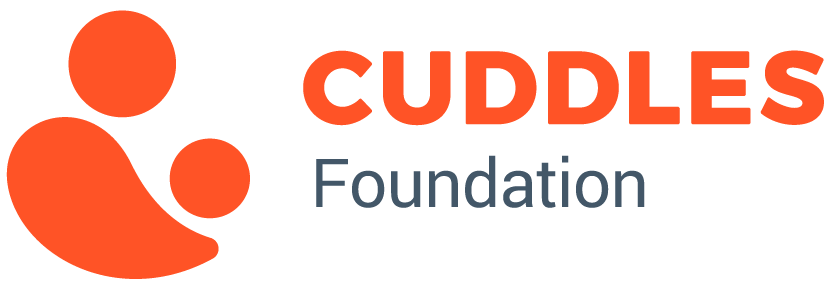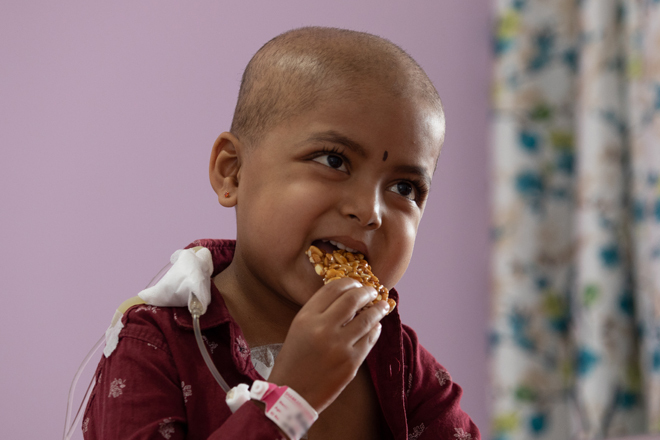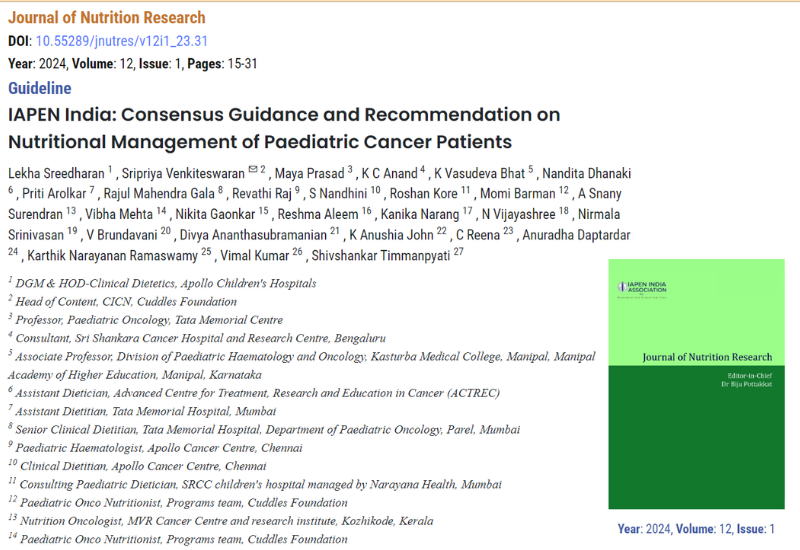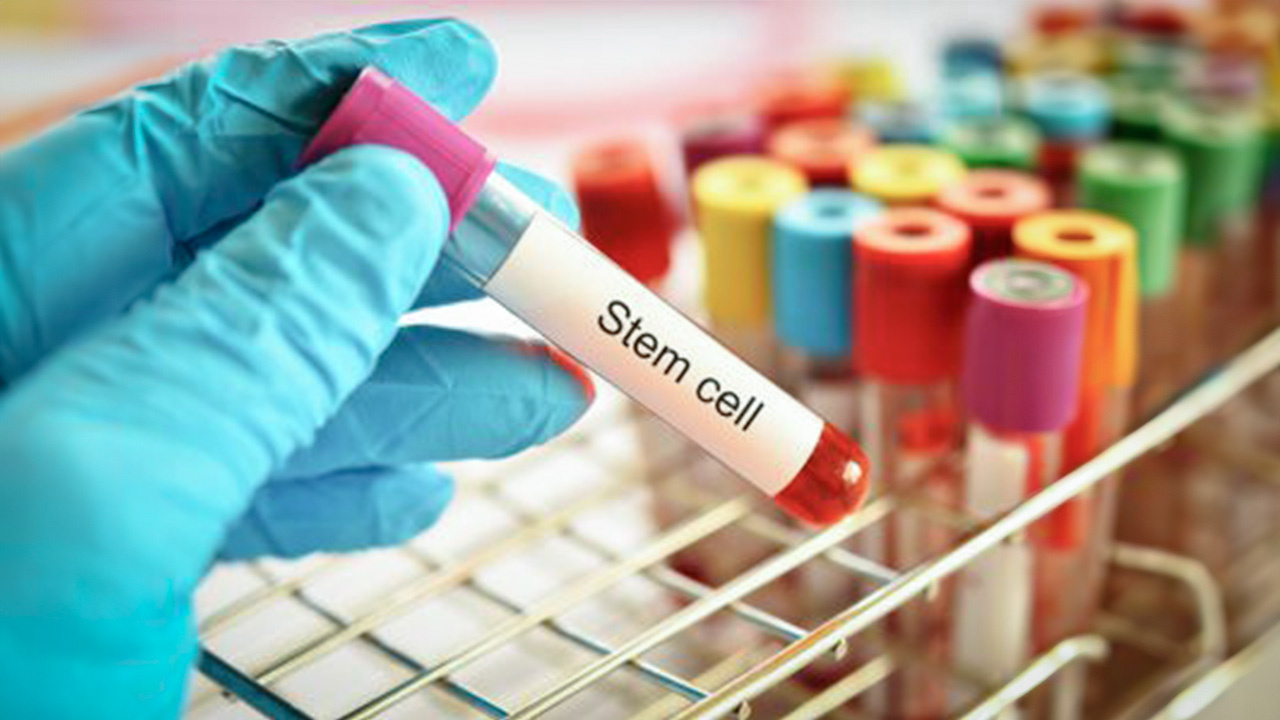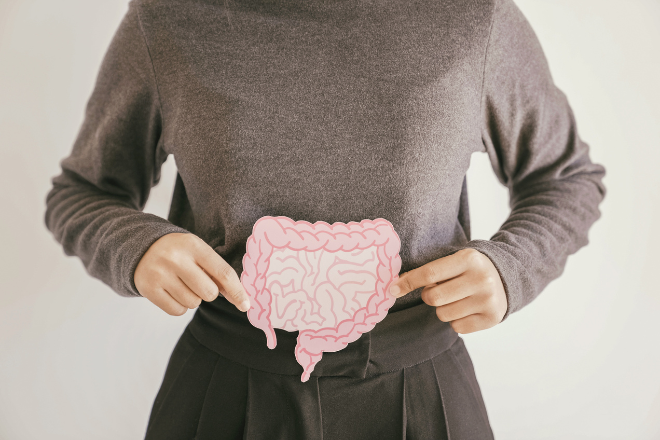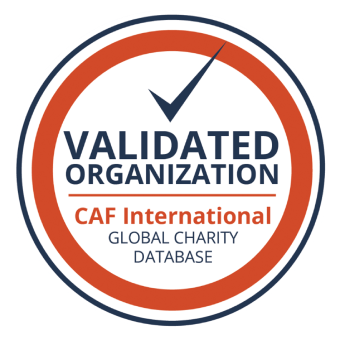When her family had to sell the only piece of land they owned to pay back loans, the money left could only get them food for 15-16 days in a month. With her father often away for labour work at different construction sites, her mother worked at roadside tiffin centres. She would wash vessels till evening, only to return home with leftovers from her employer for Nila and her 10-year-old brother. Until her diagnosis, for a part of the month, Nila and her family survived only on that one evening meal. Her family is what we classify as food insecure.
Food insecurity is when one cannot consistently afford access to healthy or adequate food.
The 2021 Global Hunger Index Report ranked India at 101 out of 116 countries as the country continues to bear enormous burdens of poverty, food insecurity and malnutrition. In fact, the State of India’s Environment Report 2022 reckons that healthy diets remain out of reach for over 70% of the Indian population.
Being food insecure results in improper food choices that affect the quality and quantity of food consumed, leading to an increased risk of malnutrition. Malnutrition resulting due to inadequate food supply caused due to economic, social, and environmental factors is termed as primary acute malnutrition and manifests as wasting in children.
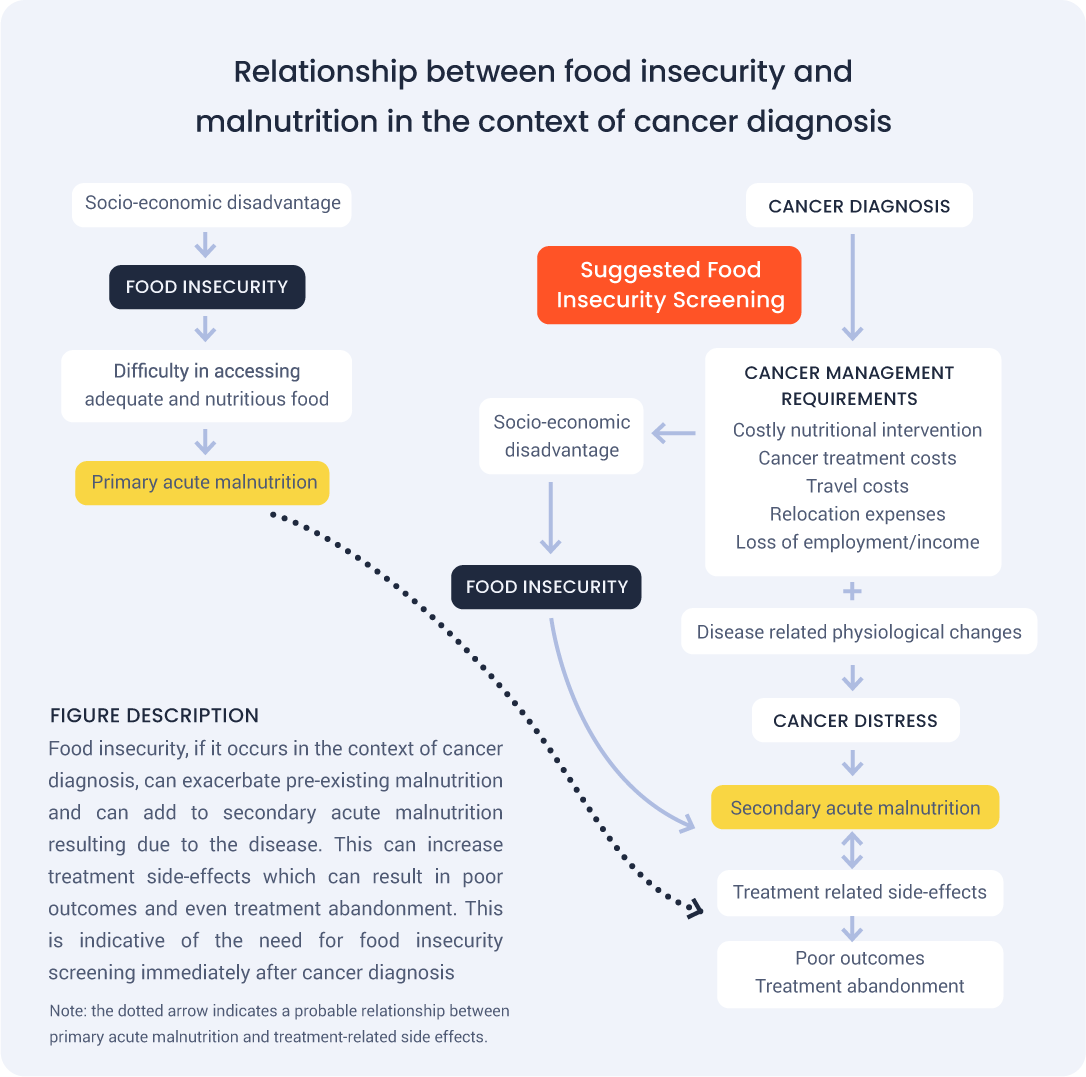
If food insecurity occurs in the milieu of childhood cancer as we see in the case of Nila, it can negatively impact the entire cancer care process, derailing treatment adherence and completion. It is important to point out that cancer can also by itself cause malnutrition, often termed as secondary acute malnutrition.
Approximately 40% of children with cancer in India are malnourished at diagnosis. However, it is unknown what percentage of this results from primary acute malnutrition and what percentage is due to the disease itself or a combination of the two.
To fill this knowledge gap, we assessed risk of food insecurity using the Hunger Vital Sign™ tool, a commonly used validated screening tool amongst the recipients of the Cuddles flagship food aid program, FoodHeals™.
A large proportion of patients are on-boarded on to the program as soon as they are diagnosed with cancer and then are provided with nutrition counselling, nutrition supplements, hot meals and ration bundles. The results of this analysis are captured in the “Food Insecurity Screening and Childhood Cancer Management In India” report that can be found here.
The results from the HungerVital Sign™ survey indicated that a large proportion of Cuddles beneficiaries (82%) were at risk of being food insecure the year before they started receiving the monthly ration bundles from Cuddles Foundation, which would have been even before cancer diagnosis.
On further exploration, we found that they either sold their livestock; sought help from relatives or friends; took up multiple jobs and worked often without a break; purchased low-cost and low-quality pantry staples; or just had one meal a day to procure food. Some respondents also shared that the adult portion of the food was given to the children, resulting in adults missing their meal.
Based on these results, Cuddles Foundation recommends that food insecurity screening should be mandatory in all paediatric cancer care centre protocols. This will help identify children with pre-existing malnutrition and nutrient deficiencies at the earliest possible stage and match them with necessary nutritional interventions. More importantly, conducting this screening at the initial or earliest visit will help connect patients and their caregivers with governmental and non-governmental food assistance programs such as the ONORC (One Nation One Ration Card).
All these initiatives will help in building a system where all children with cancer have regular access to enough nutritious food and work towards increasing adherence to treatment and improving outcomes.
Written by: Dr. Sripriya Venkiteswaran (Ph. D)
Head of Content, CICN.
References:
1. https://www.fao.org/world-food-day/en#:~:text=17%2F10%2F2022,40%20a.m.%20on%20Mon… Accessed on 28th September, 2022.
2. Von Grebmer, K et al. (2021), ‘2021 Global Hunger Index: Hunger and Food Systems in Conflict Settings’, Report.
3. Down to Earth. (2022). The State of India’s Environment 2022: In Figures. Retrieved from https://www. cseindia.org/71-per-cent-of-indians-cannot-afford-a-healthy-diet-says-cse-s-state-of-india-senvironment-2022-in-figuresreport-11286 Accessed on 28th September, 2022.
4. Srivastava R, Pushpam D, Dhawan D, Bakhshi S. Indicators of malnutrition in children with cancer: A study of 690 patients from a tertiary care cancer centre. Indian J Cancer. 2015 Apr-Jun;52(2):199-201.
5. Food Insecurity Screening and Childhood Cancer Management In India. (2022). Cuddles Foundation.
